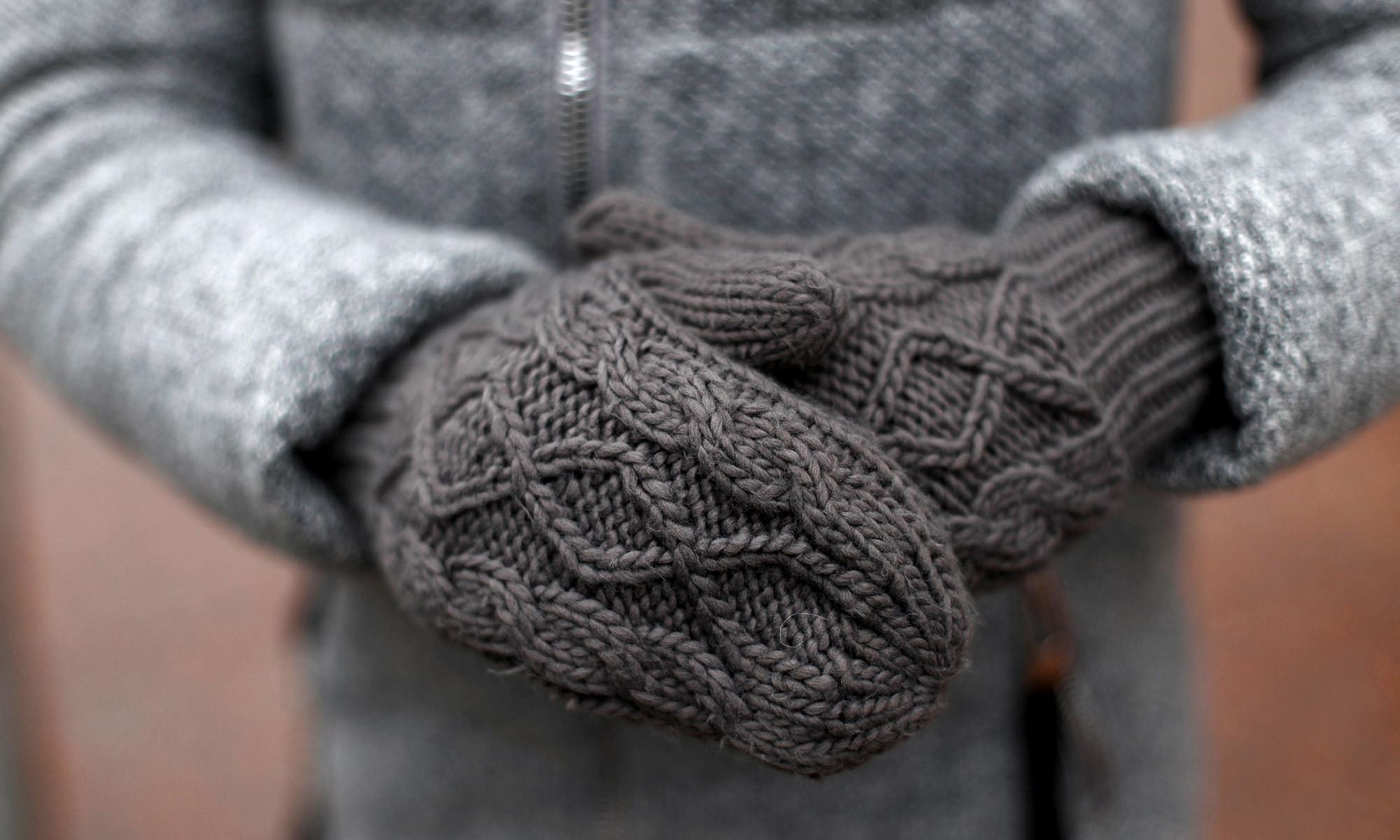Outdoor fabrics are meant to resist a driving rainstorm, keep you warm, be windproof, and vent your body’s perspiration.
They’re wonderful, and can be expensive. So maintaining them is worth some extra care. Here how to finesse these fabrics:
Start with the basics: read the manufacturer labels and instructions. Yes, those tiny tags with tinier print that you often forget about. Those specific directions overrule the general advice here. Second, whenever you wash something, close all zippers and Velcro. It will prevent broken zipper teeth from being whacked in the washer, and will keep Velcro from shredding, and reduce snagging.
Waterproof Breathable Hard Shells
Waterproof breathable fabrics need to be washed regularly because oils from your skin and sunscreen degrade the laminate, which is why delamination often occurs around the neckline. Campfire smoke can clog the breathable pores. Wash inside out to clean the breathable layer, and dry on low heat or hang dry. Then spray the outside with a DWR repellent spray to restore the “beading" quality, especially hitting areas where pack straps wear. Don’t use a wash-in DWR product—you don’t want it on the inside, where it will hinder breathability. Don’t bleach or use fabric softeners.
Soft Shells
Machine wash with warm water in a front-loading machine. Don’t bleach. Tumble dry on a low to medium heat for about 10-15 minutes to reactivate the DWR coating, and then hang dry. Add another level of DWR spray as needed.
Fleece and Synthetic Baselayers
Gone are the days when polypropylene would melt in the dryer and smell like sweat forever. But synthetics can still pack a powerful stink when they’re worn on multi-day outings. Wash in cold or warm water, and turn fleece inside-out to reduce pilling. No fabric softeners, ironing or bleach. Consider one of several tech-fabric washes on the market, such as Nikwax, to help get the stink out and restore breathability.

Merino Wool
Merino wool has been the outdoor industry’s antidote to stinky synthetics. And it has a wide temperature range, which means garments can be comparably thinner. This also makes them more vulnerable to wearing out, and wool, in general, isn’t hugely resistant to friction. Wool can also shrink over time. Wash your merino on a gentle cycle with Woolite, Nikwax wool wash, gentle baby laundry soap or similar —and don’t wash it with anything else that contains Velcro that can snag the fibers. Dry it flat, or hang it up, but take it down as soon as it’s dry. No bleach or fabric softeners (notice a trend here?)
Down
The best way to wash down is to keep it clean in the first place. Down is a great insulator when dry, but when wet it loses its shape, and that makes it hard to wash. It will take a good long time to dry, and if it doesn’t dry fully, it won’t insulate and may start to smell. Be careful with the baffles that separate the down in jackets, comforters, and sleeping bags. Don’t use a top-loading washer under any circumstances. Wash with a special down shampoo, and make sure the detergent slot on your washer is clean of any other residue. Tumble dry on low heat for a good long time (several hours for a sleeping bag). Put some clean tennis balls in the dryer to break up clumps of down. If your down has a special outer layer, like DryLoft or Conduit, spray with a DWR spray.
Neoprene and Fuzzy Rubber
Rinse your neoprene with fresh water after each use. Let it hang dry out of the sun, which will break down the material, especially as most neoprene is black. Wash it by hand in a tub of neoprene shampoo, or baby shampoo. It will still develop a funk, and every so often you’ll want to add Mirazyme odor remover.